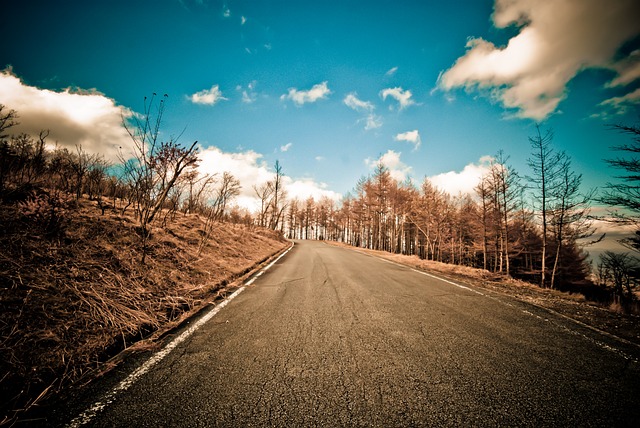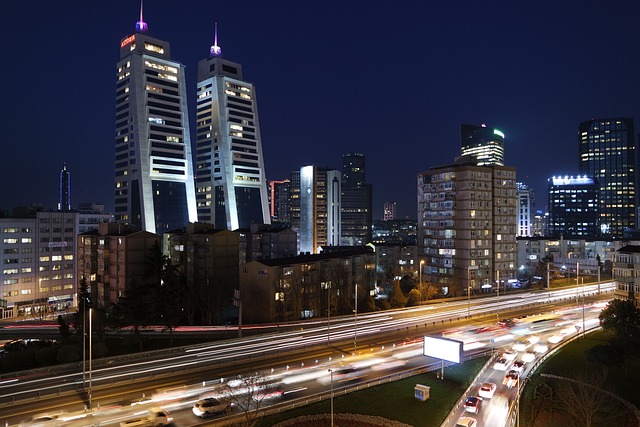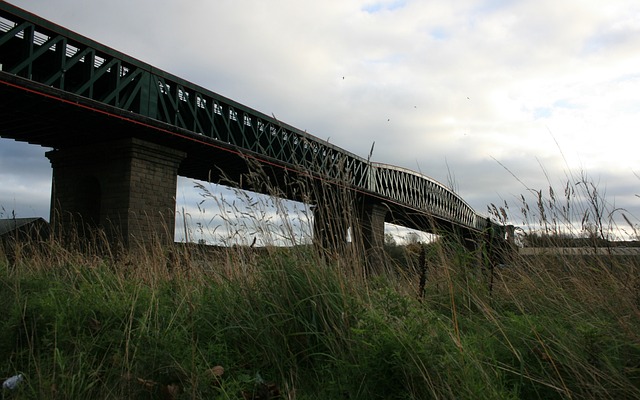Motorways in Movies: Iconic Journeys on Film
Motorways have long been an essential element of storytelling in cinema, serving as powerful backdrops for character development, plot progression, and thematic exploration. From gripping car chases to intimate conversations, these high-speed routes symbolize freedom, adventure, and sometimes even peril. This article delves into some of the most iconic journeys in film that have taken place on motorways, examining their significance and the themes they represent.
The Symbolism of the Motorway
Motorways represent more than just physical routes; they embody the idea of journey and transformation. In many films, the open road symbolizes escape, a break from the norm, or an opportunity for self-discovery. In stark contrast, they can also signify a perilous path filled with treachery, danger, and moral ambiguity. The versatility of motorways in movies allows filmmakers to convey complex narratives while also providing thrilling visuals.
Classic Road Movies
The genre of road movies has given audiences memorable experiences on the motorway. Films that encapsulate a journey often resonate with viewers, tapping into a universal desire for adventure and exploration. One classic that epitomizes the allure of the open road is Easy Rider.
Easy Rider (1969)
This film follows two bikers, portrayed by Peter Fonda and Dennis Hopper, as they journey across America. The vast stretches of the American motorway serve as a canvas for themes of freedom and disillusionment. The iconic scenes shot along the highways of the American Southwest are bathed in natural light, underscoring the longing for a sense of purpose. Their journey reflects the counterculture sentiments of the 1960s, blending exhilarating views with a sobering critique of American society.
Thelma & Louise (1991)
Another emblematic film that showcases the motorway as a narrative tool is Thelma & Louise. The story follows two women who embark on a road trip that ultimately becomes a journey of liberation and self-discovery. The highway serves as a transformative space where societal constraints are left behind, allowing the characters to explore their identities. As they encounter various challenges along the way, the motorway becomes a metaphor for their flight from repression and a celebration of sisterhood. The film subverts traditional gender roles and portrays the quest for autonomy in a world that often marginalizes women.
Thrilling Chases and Action
Motorways are often synonymous with high-octane action sequences that leave audiences on the edge of their seats. The adrenaline rush from a well-crafted car chase can elevate the tension in a film, making it memorable and engaging. A pair of films that brilliantly utilize motorways for thrilling chases are The French Connection and Mad Max: Fury Road.
The French Connection (1971)
This film features one of the most iconic car chase scenes in cinematic history. Gene Hackman portrays detective Jimmy “Popeye” Doyle, who pursues a drug dealer through the streets of New York City and onto the elevated highway. The relentless speed, combined with meticulously choreographed stunts, creates a sense of urgency and danger that keeps viewers riveted. The use of urban motorways not only enhances the action but also highlights the gritty, unpolished nature of law enforcement in a corrupt city.
Mad Max: Fury Road (2015)
In a post-apocalyptic world where society has collapsed, Mad Max: Fury Road features motorways that are transformed into battlegrounds for survival. The film is anchored by its jaw-dropping vehicular warfare, showcasing custom-built cars racing across desolate landscapes. The motorways become a symbol of resource scarcity and the struggle for power. The relentless pursuit sequences, punctuated by explosions and high-speed antics, create an exhilarating experience, reflecting the characters’ desperate attempts to reclaim their freedom in a harsh world.
Intimate Conversations and Character Development
While car chases and action sequences often dominate the use of motorways in film, they can also serve as settings for more subtle storytelling moments. The intimacy of the confined space inside a vehicle lends itself to character development and emotional exploration. Films such as Before Sunrise and The Road exemplify this notion.
Before Sunrise (1995)
In Richard Linklater’s Before Sunrise, the narrative revolves around two strangers, Jesse and Céline, who meet on a train and decide to spend a night together in Vienna. Although much of the film takes place in the city, the motorway leads them to a journey of connection and understanding. The journey signifies the unpredictability of life and the beauty of fleeting connections. The open road offers both literal and metaphorical space for the characters to express their dreams, fears, and desires, resulting in profound philosophical discussions.
The Road (2009)
Based on Cormac McCarthy’s novel, The Road offers a sobering vision of a post-apocalyptic landscape. The mother and son duo traverse a desolate world filled with threats and loneliness, traveling on abandoned roads that once served as lifelines for society. The empty motorways convey a sense of despair and loss, symbolizing the remnants of civilization. The film’s journey is not just a physical one but a profound exploration of survival, hope, and the bond between parent and child amid the bleakness of their reality.
Cultural Impact of Motorways in Film
Motorways in movies have transcended their functional purpose, evolving into cultural symbols that resonate with audiences worldwide. The portrayal of journeys on these routes can influence societal perceptions about freedom, rebellion, and the importance of interpersonal relationships. Films like Vanishing Point and National Lampoon’s Vacation showcase the diversity of experiences that motorways can offer, from existential quests to comedic escapades.
Vanishing Point (1971)
In this cult classic, the protagonist, Kowalski, takes on a seemingly impossible challenge: delivering a car from San Francisco to Denver within a tight deadline. The vast, desolate highways function as both prison and escape, reflecting Kowalski’s tumultuous internal state as he races against time and the law. The film is rich in themes such as existentialism and the pursuit of freedom, highlighting the liberation and isolation experienced by those who venture onto the open road.
National Lampoon’s Vacation (1983)
On a lighter note, National Lampoon’s Vacation presents a comedic take on the classic family road trip. The film showcases a family traveling to a theme park, with motorways filled with mishaps and misadventures. The humorous moments that arise during their journey illuminate the push-and-pull dynamics of familial relationships, ultimately emphasizing the importance of the journey itself rather than the destination. The motorway, in this case, becomes a playground for chaos and comedy, highlighting both the absurdities and joys of travel.
Conclusion
Motorways in movies serve as essential narrative devices that shape the journeys characters undertake. Through various genres and themes, filmmakers have harnessed the power of the open road to tell compelling stories that resonate with audiences. Whether showcasing thrilling action, deep emotional connections, or comedic escapades, motorways provide a versatile backdrop that enhances the cinematic experience. As we continue to explore new stories on film, the allure of the motorway will undoubtedly remain a prominent feature, symbolizing the complex and multifaceted nature of human journeys.
In reflecting on the iconic journeys portrayed in cinema, it is clear that the motorway is not just a physical space, but a profound metaphor for the various paths we take in life. Each journey, whether filled with adventure, danger, or self-discovery, is a reminder of the significance of the road we travel—an ongoing exploration of who we are and who we aspire to be.



